I set my children a challenge yesterday to make a superhero figure float as a fun superhero science experiment. The activity itself was easy to set up, almost mess free and kept my three busy for at least an hour as they experimented with different ways to make their figures float.
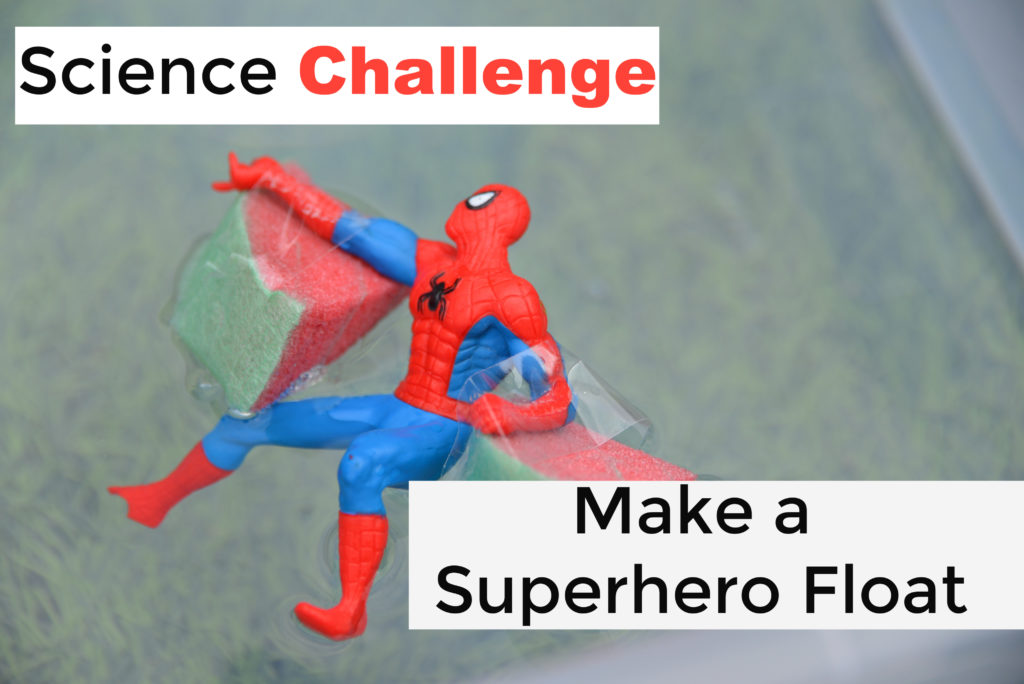
Superhero Science Experiment – what you’ll need
Container to hold water
Figures
Sellotape
Materials to test – we used bubble wrap and chopped up pool noodles, but you could test with anything as long as it floats.
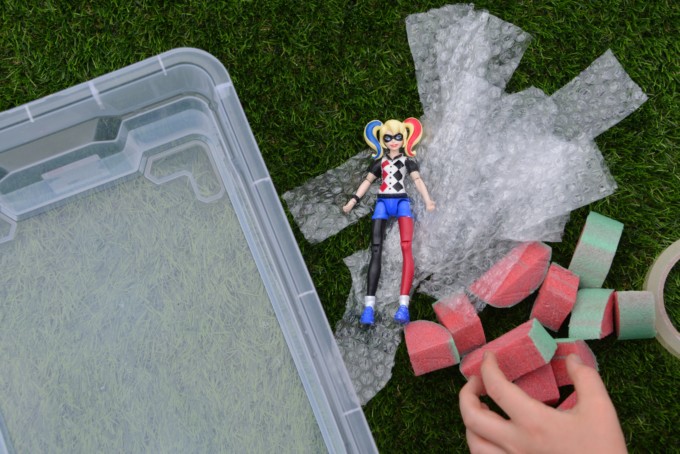
How to make a superhero float
We talked a little about why some things float and some items sink, then we thought about why children who can’t swim wear arm bands and how we could give our figure the same buoyancy, then I left the children to test and explore themselves.
These were my arm bands for Spiderman.
My 9 year old chose to make a raft like structure with the pool noodles, but then after seeing my idea made a hole in the centre of a noodle circle and simply pushed the figure inside like a circular float.
My 5 year old used the bubble wrap to fashion large arm bands.
Why does the superhero float?
Although the bubble wrap or pool noodle makes the figure weigh a little more, it also displaces more water making the figure more buoyant.
The pockets of air in the bubble wrap and pool noodle mean that the figure and bubble wrap together are less dense than the water, making the figure float.
More floating and buoyancy experiment ideas
Can you make a lemon sink? Think carefully about why the lemon floats to work it out.
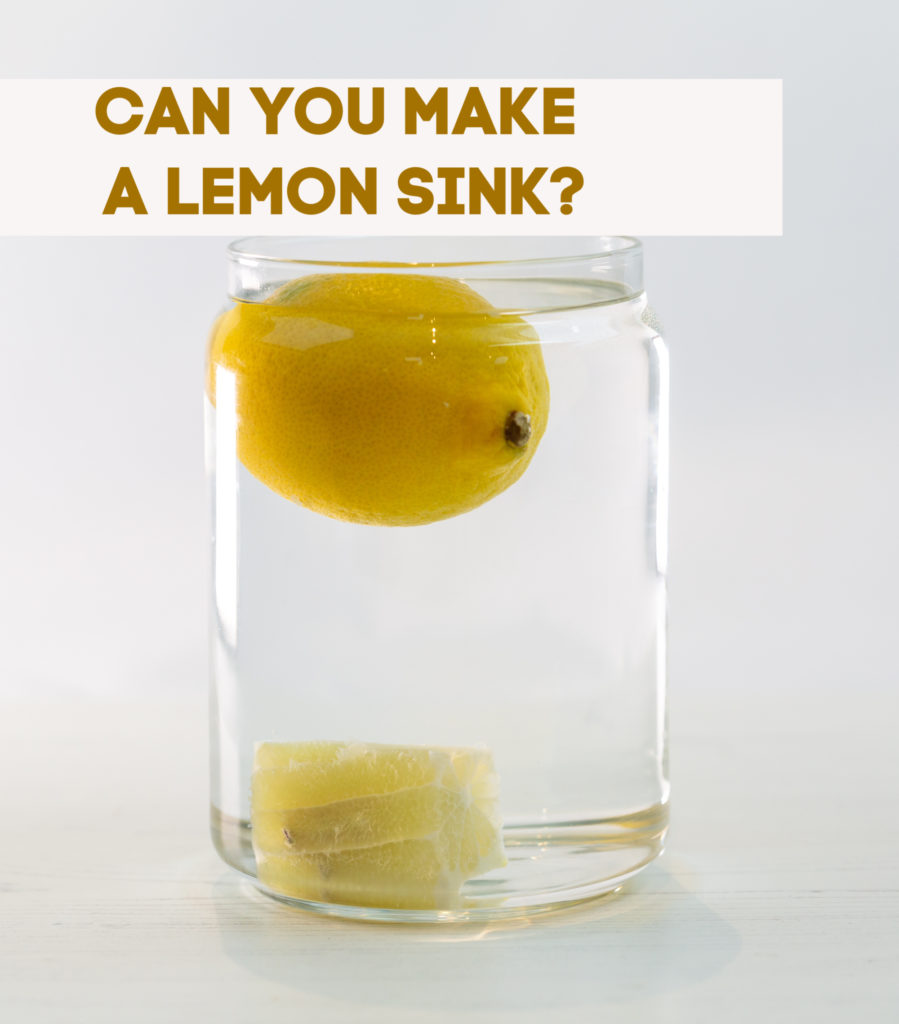
Can you think of a liquid that would float on the top of water? This would make a great density jar.
Could you use salt to make the superhero float?
This activity is also great for learning about the Archimedes Principle.
More Superhero Science Experiments
These Superhero cressheads are perfect for learning about germination and the conditions plants need to grow.
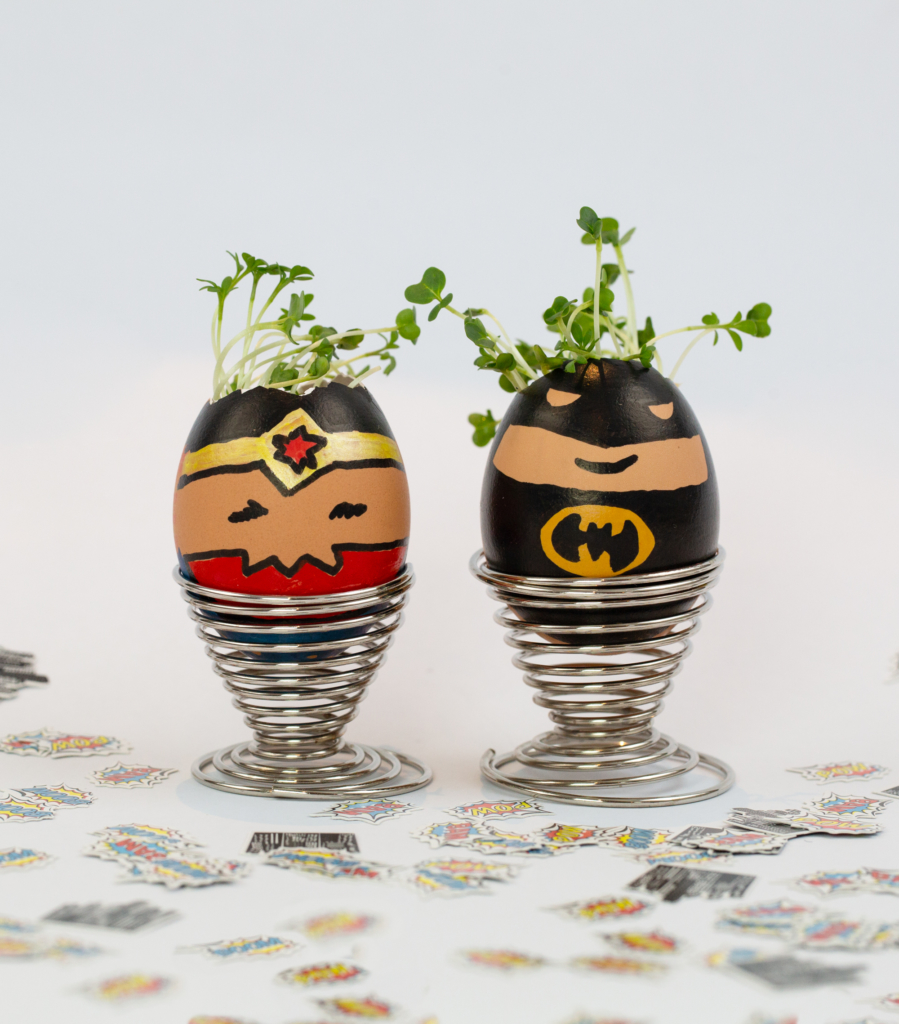
Find out what’s the best material is for a superhero cape.
Links to English
Write a superhero story where the hero has to find a super fast way to make him/herself float.
Write a set of instructions so someone else could copy your design.
Links to Maths
Can you time how long it take you to build your design? Do you get faster as you practice? Can you record the same data for other people?
Weigh your superhero figure, does a heavier figure need more of the buoyant material?
Suitable for Early Learning Goal 1
Exploring and using media and materials
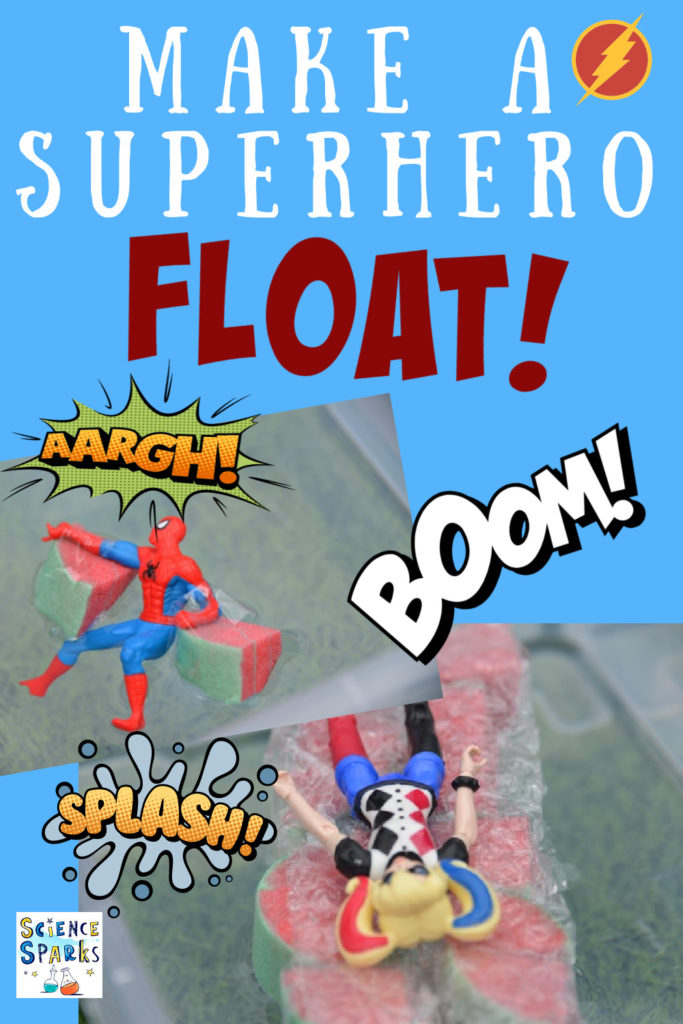
Last Updated on July 19, 2021 by Emma Vanstone

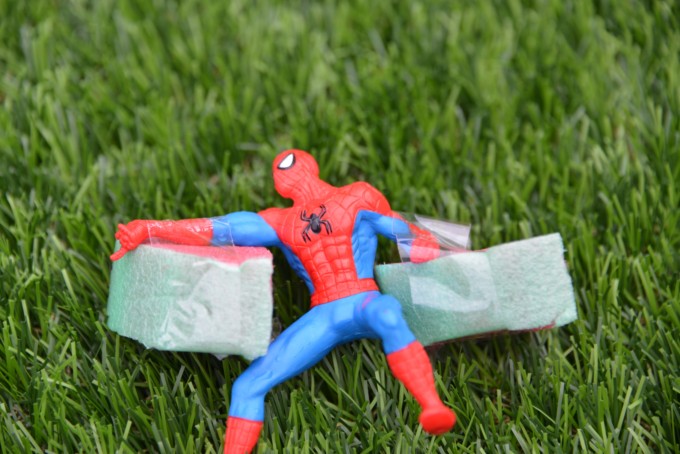
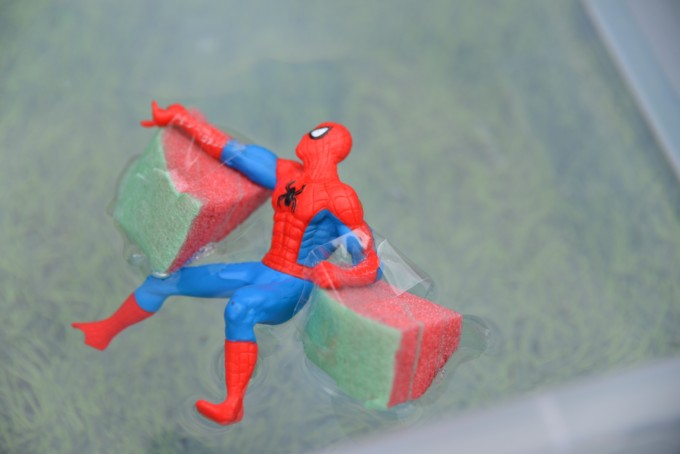
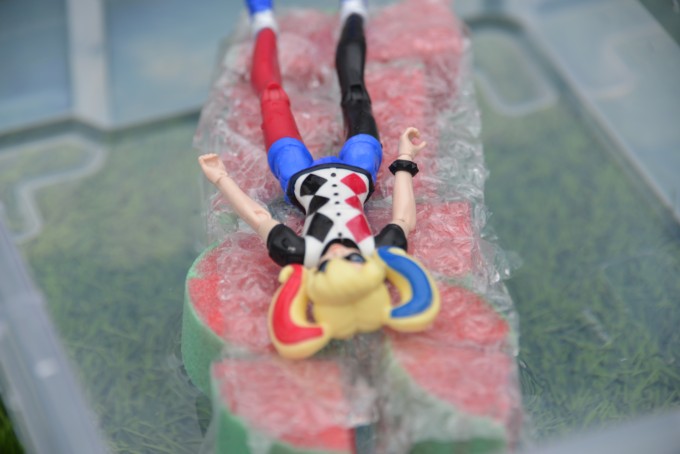
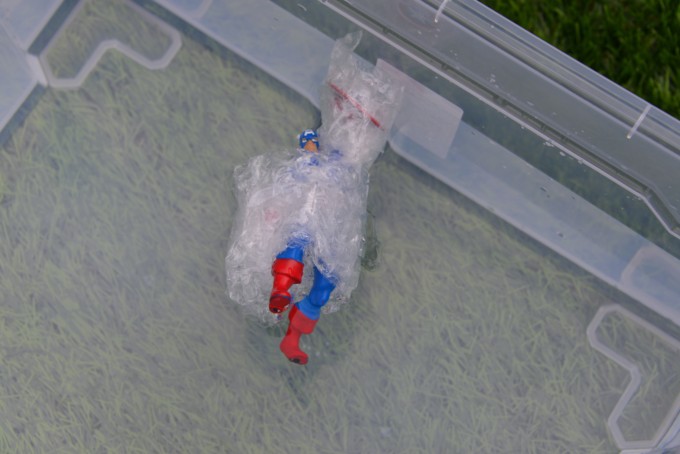
Leave a Reply